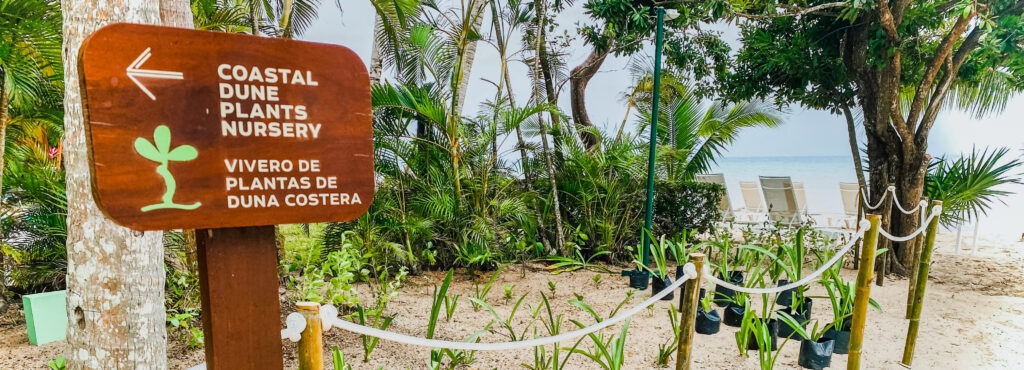Why are coastal dunes important?
Coastal dunes are hills of sand on the beach and can be natural or man-made. As a natural barrier to the destructive forces of wind and waves, sand dunes are cost-efficient defense mechanisms against storm-surge, flooding and beach erosion. In addition, dunes promote healthy ecosystems, bringing wildlife and much more to enhance biodiversity. Coastal dunes are also critical because of:
- Coastal protection: Along many sandy coastlines, coastal dunes form the first line of defense against the sea.
- Water catchment and purification: coastal dunes act as freshwater aquifers and recharge areas, the freshwater that accumulates below the dunes locally reduces the aquifer salinity.
- Maintenance of wildlife: coastal dunes provide a home for many different species of wildlife that are critical to those ecosystems.
- Tourism: Sand dunes are the first line of defense on not only keeping the beach in place but also preventing additional storm surge and high waves from flooding homes and businesses.
- Carbon sequestration: in addition to acting as a natural protector for coastlines, dunes also provide green areas for carbon sequestration.
- Recreation: coastal dunes are a natural settlement location for humans and other animals.

Protecting our beaches and hotels through coastal dune restoration
Coastal ecosystems are home to highly biodiverse ecosystems. Among them are the coastal dunes, accumulations of sand distributed along the coasts with plants of the herb type, shrubs and trees. This ecosystem is key in the connection between the marine and terrestrial environment. In addition, they provide environmental services to human societies, especially in soil stabilization, controlling erosion and floods, acting as a natural barrier to natural phenomena such as storms and hurricanes.
In Mexico, coastal dunes cover just over 800,000 ha, being key to the health of the seascape. On the island of Cozumel in the Mexican Caribbean, plants such as the sea grape (Coccoloba uvifera), the beach ciricote (Cordia sebestena), the white lily (Hymelocallis littoralis) and the chunup (Scaevolia plumieri) act as the first frontal cord of the coast. However, some disturbances resulting from global environmental change, habitat degradation and the introduction of potentially invasive species can modify the dynamics of the coastal dune. Faced with this situation, Iberostar Group, through its Wave Of Change movement, has joined local conservation efforts led by an inter-institutional team made up of Technical Advisory and Coastal Studies (ATEC), Flora Fauna y Cultura de México AC (FFCM ), CONAFOR and CONANP by establishing a nursery for the production of 6,000 coastal dune plants in the southern part of the Island of Cozumel.
The project includes various restoration actions, such as controlling and eradicating the species Casuarina equisetifolia (casuarina) and reforestation of the coastal dune. In addition, it also provides for close collaboration between the local community, government authorities and scientists for the dissemination and execution of activities.






